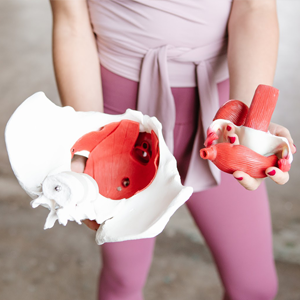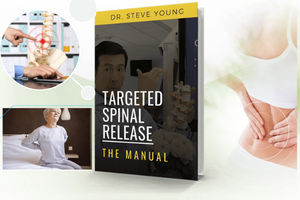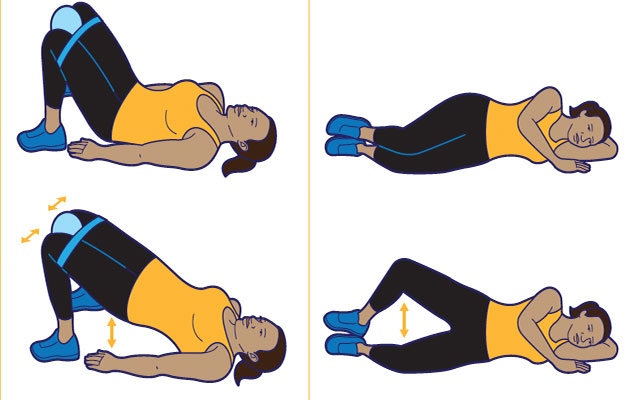How To Stop Stress Urinary Incontinence With 5 Easy Exercises?
Stress urinary incontinence (SUI) is a common type of urinary incontinence that can occur when the pelvic floor muscles, which support the bladder and control urine flow, become weak or damaged. Fortunately, there are several exercises that can help strengthen these muscles and improve bladder control. Here are five exercises to try:
- Kegels: Kegel exercises involve contracting and relaxing the pelvic floor muscles. To perform a Kegel, squeeze the muscles you use to stop the flow of urine, hold for a few seconds, and then release. Aim to do 10-15 repetitions, three times per day.
- Squats: Squats are a great way to strengthen the muscles in the legs and buttocks, which can also help support the pelvic floor. Stand with your feet shoulder-width apart, and slowly lower your body into a squatting position, as if you were sitting in a chair. Keep your knees aligned over your ankles, and then slowly rise back up. Aim to do 10-15 repetitions, two to three times per day.
- Bridge: The bridge exercise targets the glutes and lower back muscles, which can help improve overall pelvic floor strength. Lie on your back with your knees bent and feet flat on the floor. Lift your hips up toward the ceiling, squeezing your glutes as you go. Hold for a few seconds, and then slowly lower back down. Aim to do 10-15 repetitions, two to three times per day.
- Pelvic tilt: The pelvic tilt is a gentle exercise that can help strengthen the lower abdominal muscles and improve pelvic floor support. Lie on your back with your knees bent and feet flat on the floor. Slowly tilt your pelvis upward, lifting your hips off the floor slightly. Hold for a few seconds, and then release. Aim to do 10-15 repetitions, two to three times per day.
- Step-ups: Step-ups can help improve overall leg strength and balance, which can also help support the pelvic floor. Stand in front of a step or platform, and step up onto it with one foot. Bring your other foot up to meet it, and then step back down. Repeat with the other leg. Aim to do 10-15 repetitions on each leg, two to three times per day.
Remember to consult with a healthcare professional before starting any new exercise program, especially if you have any underlying medical conditions.


































